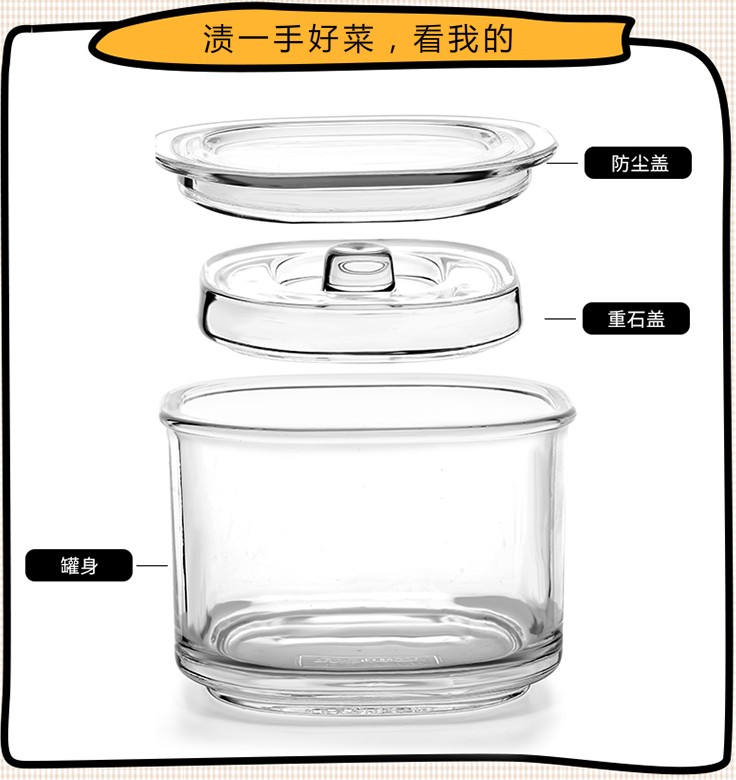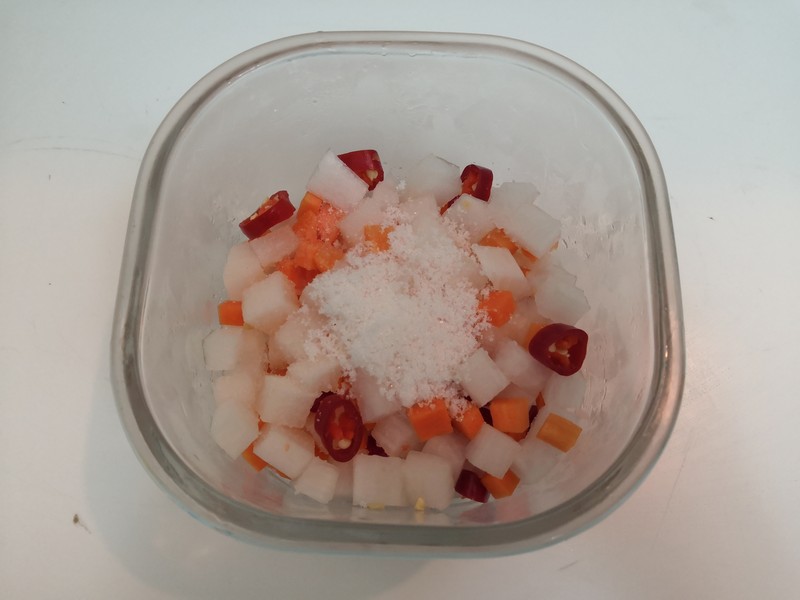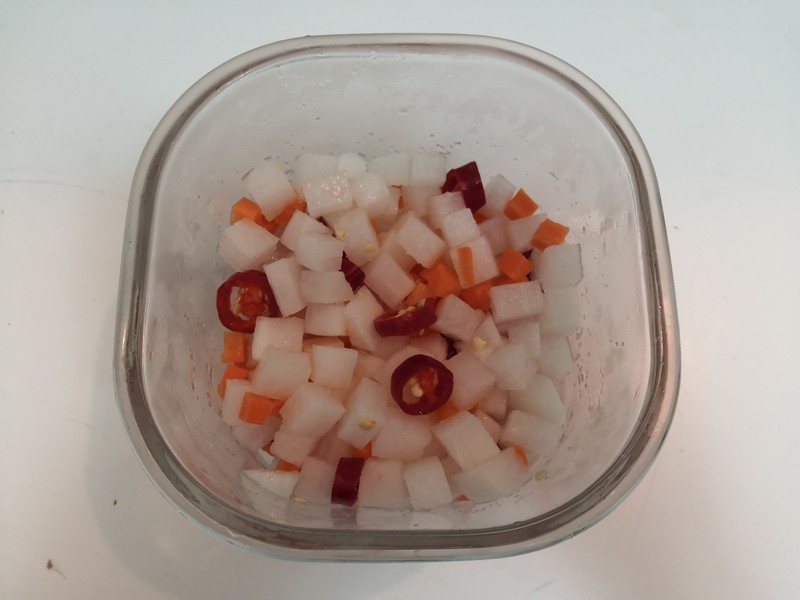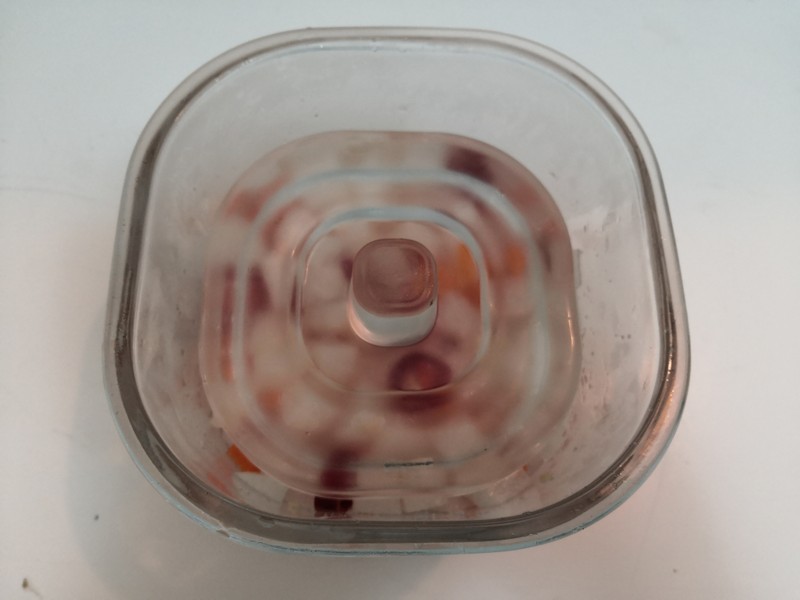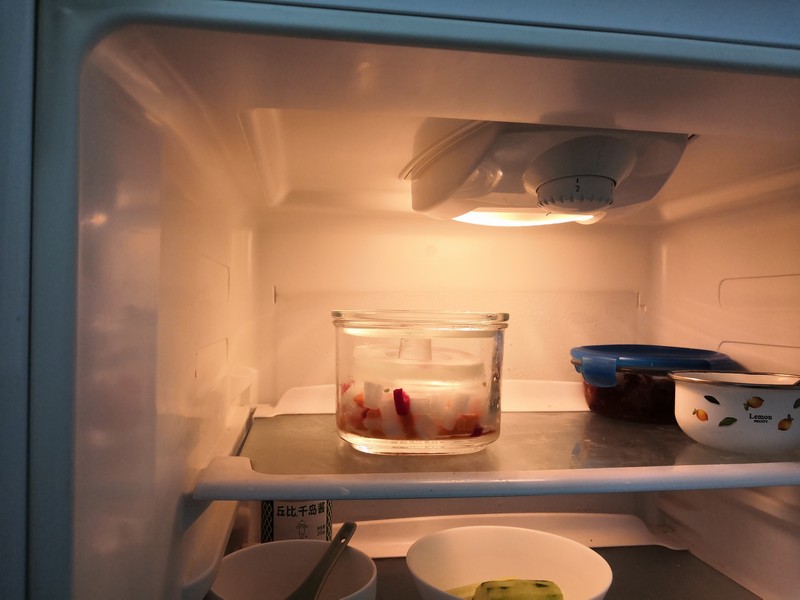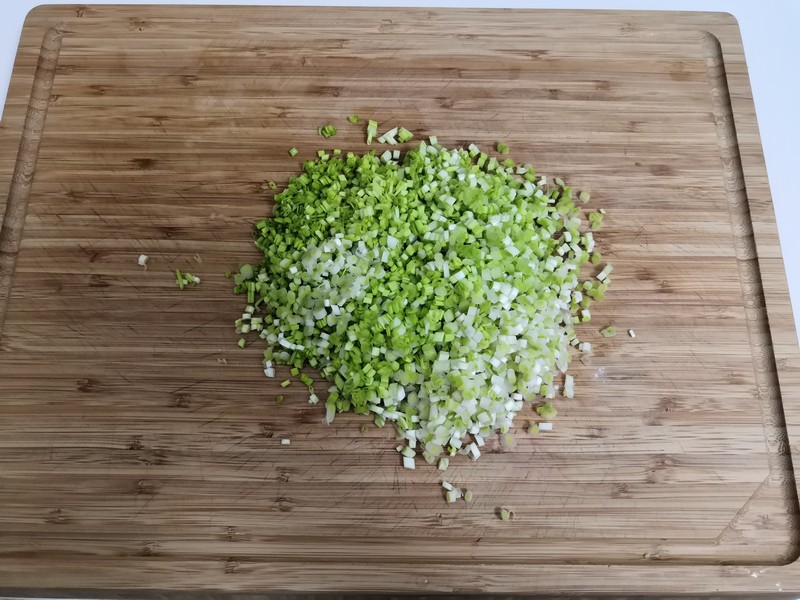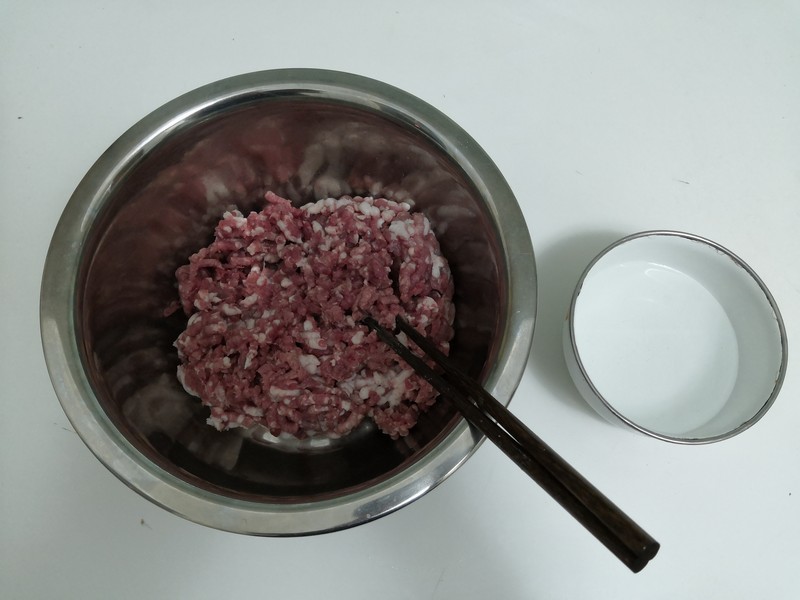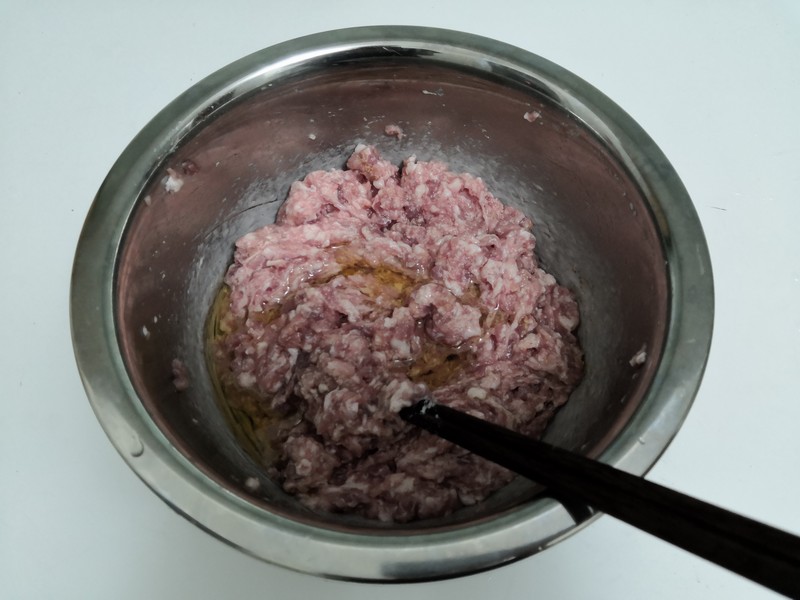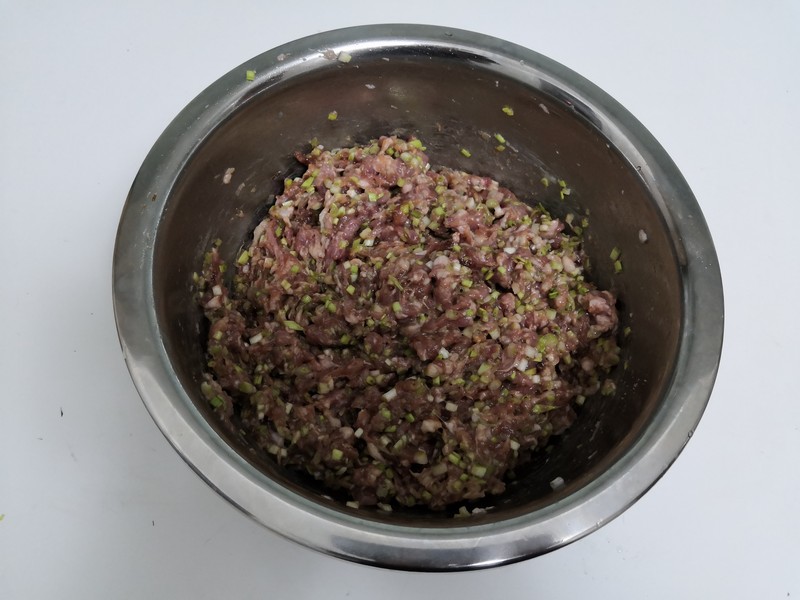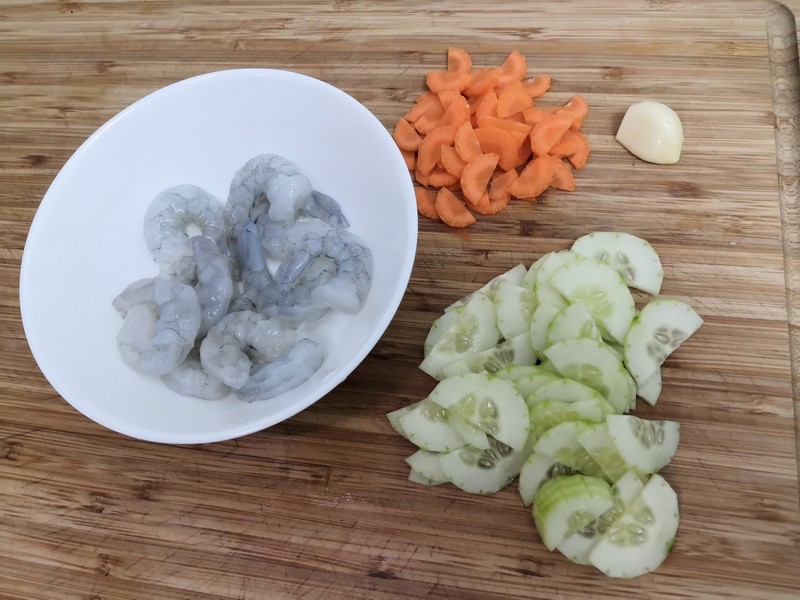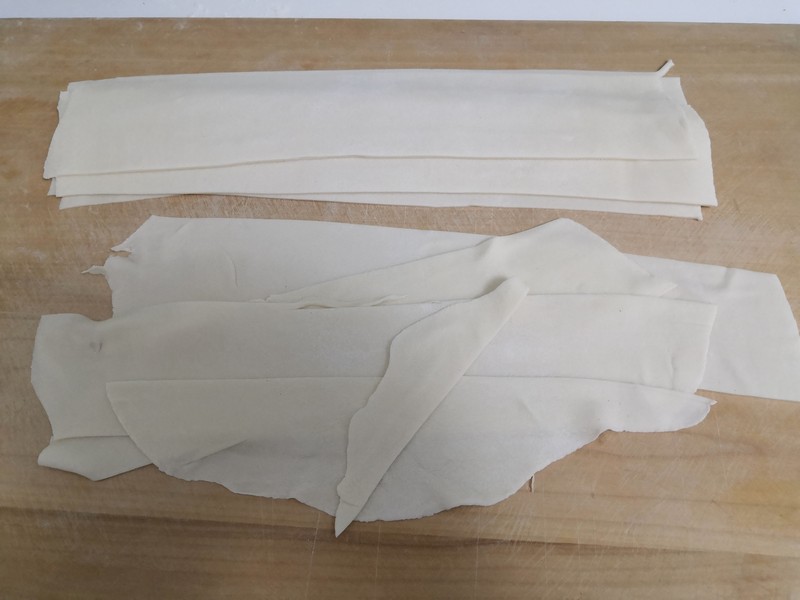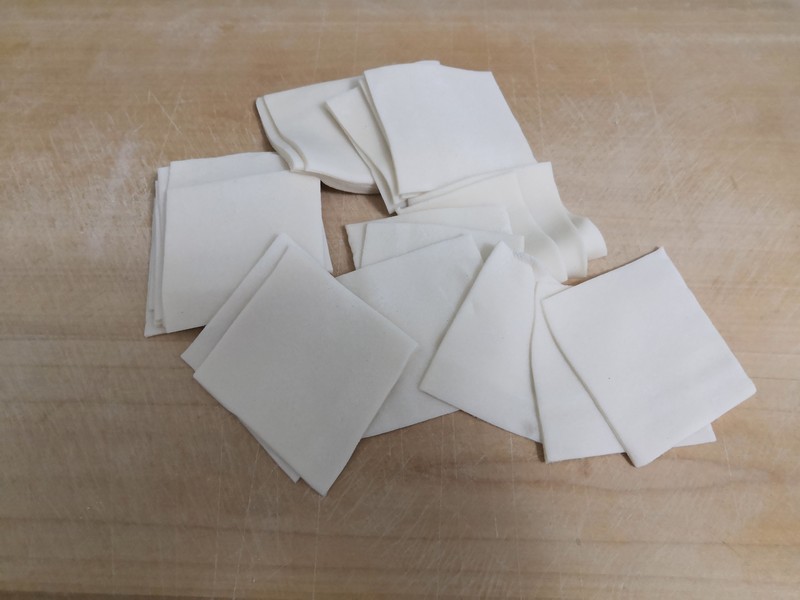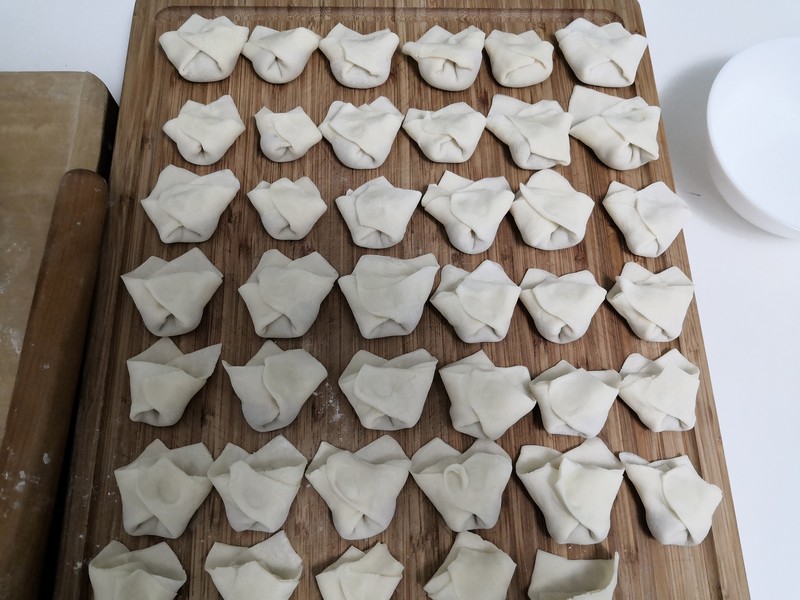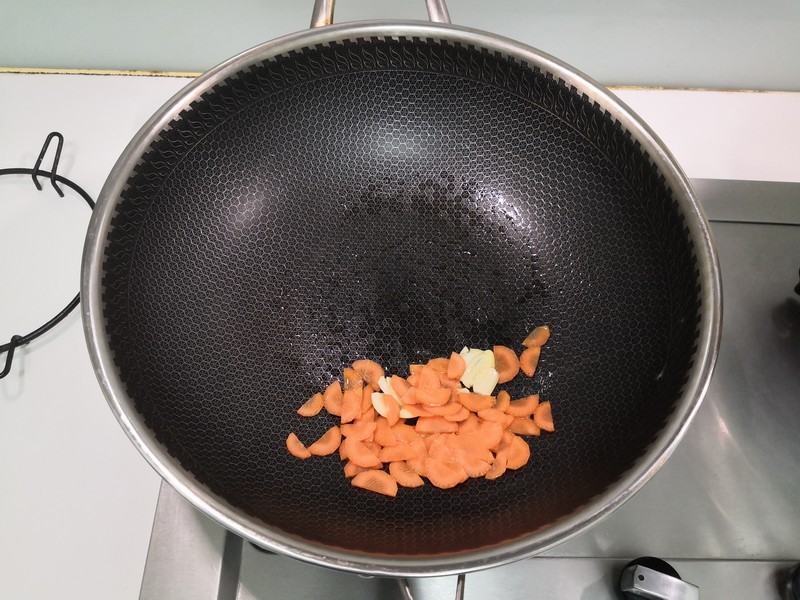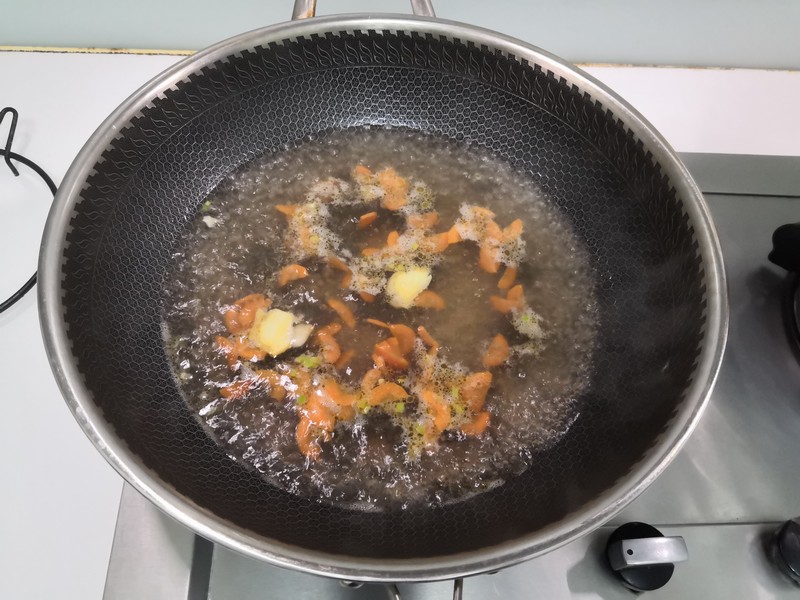九月早餐
2021-09-30
- 包子
- 烤肠
- 玉米碴子粥
- 洋葱柿子椒炒鸡蛋
- 花生、毛豆
- 桃

2021-09-29
- 馄饨
- 鱼排
- 花生、毛豆
- 黄瓜、香蕉

2021-09-28
- 西葫芦鸡蛋饼
- 小米粥
- 桃

2021-09-27
- 包子、花卷
- 小米粥
- 煮鸡蛋
- 炒菜花
- 苹果

2021-09-26
- 花卷、地瓜
- 玉米碴子粥
- 煮鸡蛋
- 一夜渍萝卜、花生毛豆
- 桃

2021-09-25
- 花卷
- 小米粥
- 煮鸡蛋
- 炒菜花
- 苹果

2021-09-24
- 肉龙、馒头
- 小米粥
- 煮鸡蛋
- 一夜渍萝卜
- 圣女果、香蕉、黄瓜

2021-09-23
- 馄饨(馅:蒜苗、肉,配菜:快菜、胡萝卜)
- 煮鸡蛋
- 桃、黄瓜

2021-09-22
- 鸡蛋、火腿肠、胡萝卜、黄瓜炒饭
- 西红柿蛋花汤
- 桃、香蕉
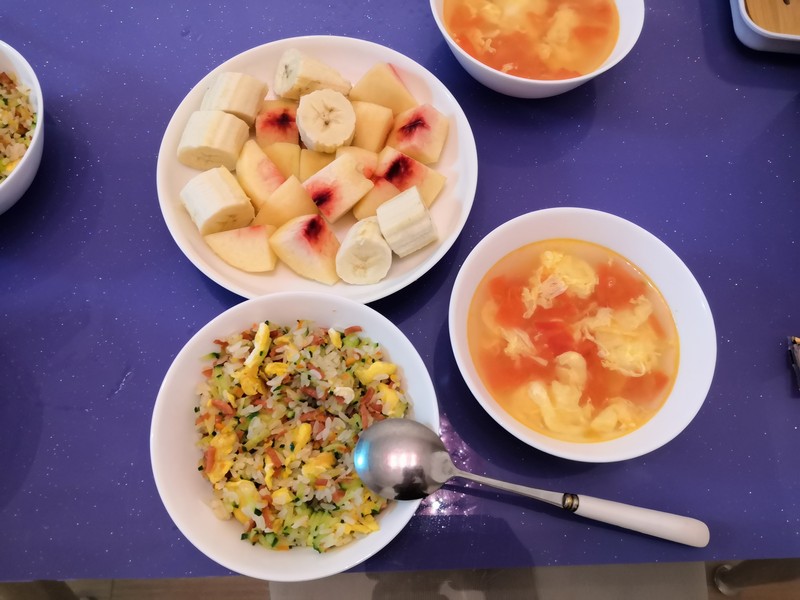
2021-09-19
- 三合面发面软饼
- 玉米碴子粥
- 煮鸡蛋
- 炒菜花剁椒
- 火龙果

2021-09-18
- 手擀面(买)
- 茄子、柿子椒丝卤
- 桃、李子

2021-09-17
- 黑小麦肉龙
- 玉米碴子粥
- 菜花尖椒炒肉
- 哈密瓜
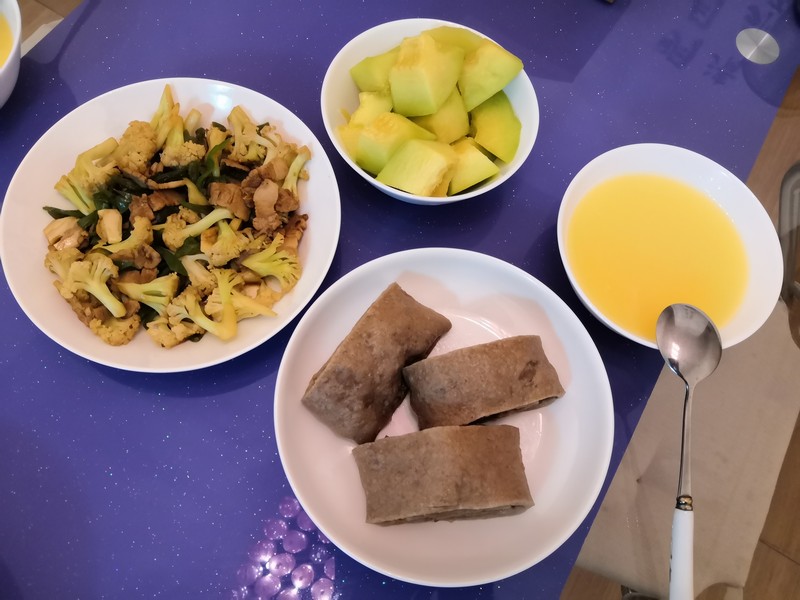
2021-09-16
- 嘎达汤(西红柿 + 黄瓜 + 胡萝卜 + 荷包蛋)
- 哈密瓜

2021-09-15
- 馄饨
- 三合面发面软饼
- 黄瓜条

2021-09-14
- 三合面发面软饼
- 二米粥
- 洋葱尖椒炒鸡蛋
- 哈密瓜

2021-09-13
- 黑小麦肉龙
- 玉米碴子粥
- 煮鸡蛋
- 小拌菜(木耳+黄瓜+洋葱)
- 火龙果、香蕉
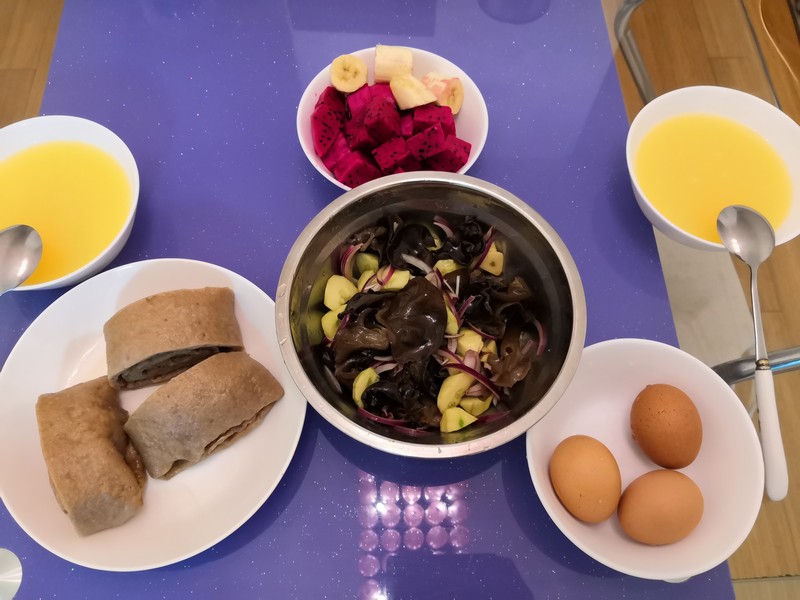
2021-09-11
- 黑小麦发面糖饼
- 玉米碴子粥
- 煮鸡蛋
- 小拌菜(白菜胡萝卜丁+炒花生)
- 哈密瓜
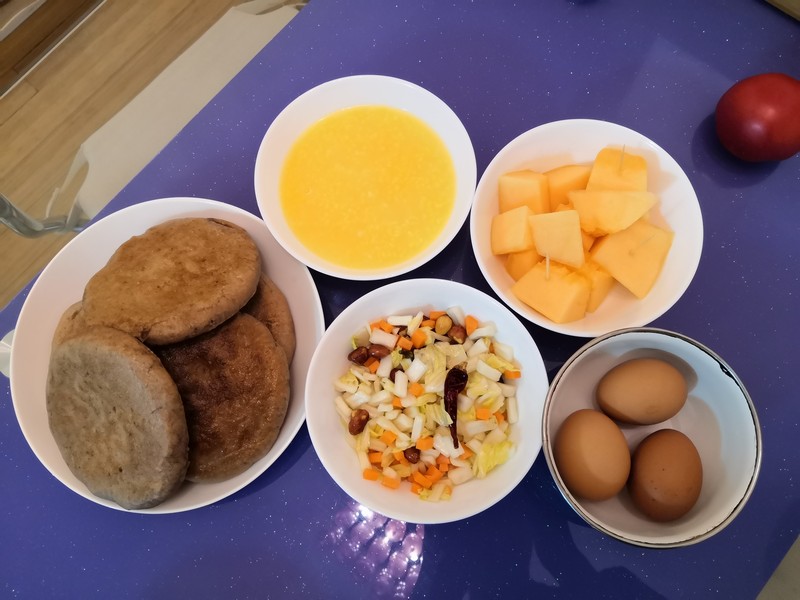
2021-09-10
- 馒头
- 小米粥
- 煮鸡蛋
- 尖椒胡萝卜炒肉
- 哈密瓜
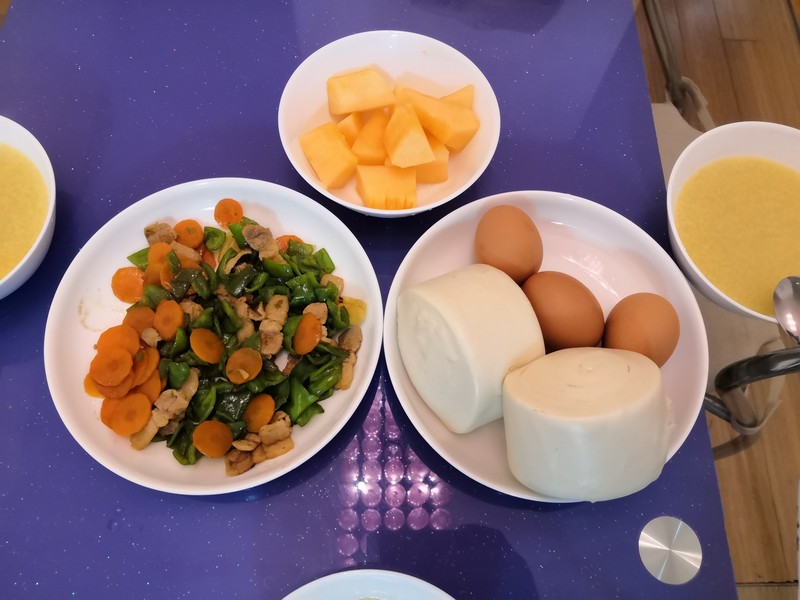
2021-09-09
- 馒头
- 玉米碴子粥
- 煮鸡蛋
- 菜花尖椒炒肉
- 黄瓜条

2021-09-08
- 西红柿荷包蛋疙瘩汤

